
150 Results

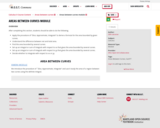
After completing this section, students should be able to do the following.Apply the procedure of “Slice, Approximate, Integrate” to derive a formula for the area bounded by given curves.Understand the difference between net and total area.Find the area bounded by several curves.Set up an integral or sum of integrals with respect to xx that gives the area bounded by several curves.Set up an integral or sum of integrals with respect to yy that gives the area bounded by several curves.Decide whether to integrate with respect to xx or yy.

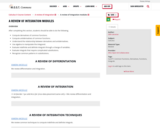
After completing this section, students should be able to do the following.Compute derivatives of common functions.Compute antiderivatives of common functions.Understand the relationship between derivatives and antiderivatives.Use algebra to manipulate the integrand.Evaluate indefinite and definite integrals through a change of variables.Evaluate integrals that require complicated substitutions.Recognize common patterns in substitutions.

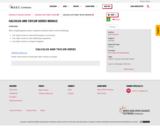
After completing this section, students should be able to do the following.Use Taylor series to read-off derivatives of a function.Use Taylor series to solve differential equations.Use Taylor series to compute integrals.


With one input, and vector outputs, we work component-wise.A question I’ve often asked myself is: “How do you know when you are doing a calculus problem?” The answer, I think, is that you are doing a calculus problem when you are computing: a limit, a derivative, or an integral. Now we are going to do calculus with vector-valued functions. To build a theory of calculus for vector-valued functions, we simply treat each component of a vector-valued function as a regular, single-variable function. Since we are currently thinking about vector-valued functions that only have a single input, we can work component-wise. Let’s see this in action.


After completing this section, students should be able to do the following.Use the comparison test to determine if a series diverges or converges.Use the limit comparison test to determine if a series diverges or converges.

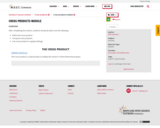
After completing this section, students should be able to do the following.Define the cross product.Compute cross products.Use cross products in appled settings.

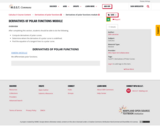
After completing this section, students should be able to do the following.Compute derivatives of polar curves.Determine where the derivative of a polar curve is undefined.Find the equation of a tangent lines to a polar curve.

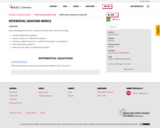
After completing this section, students should be able to do the following.Identify a differential equation.Verify a solution to a differential equation.Compute a general solution to a differential equation via integration.Solve initial value problems.Determine the order of a differential equation.


After completing this section, students should be able to do the following.Compute dot products.Use dot products to compute the angle between vectors.Find orthogonal projections.Find scalar projections.Use the dot product in applied settings.Find orthogonal decompositions.

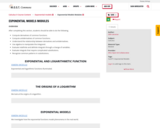
After completing this section, students should be able to do the following.Compute derivatives of common functions.Compute antiderivatives of common functions.Understand the relationship between derivatives and antiderivatives.Use algebra to manipulate the integrand.Evaluate indefinite and definite integrals through a change of variables.Evaluate integrals that require complicated substitutions.Recognize common patterns in substitutions.